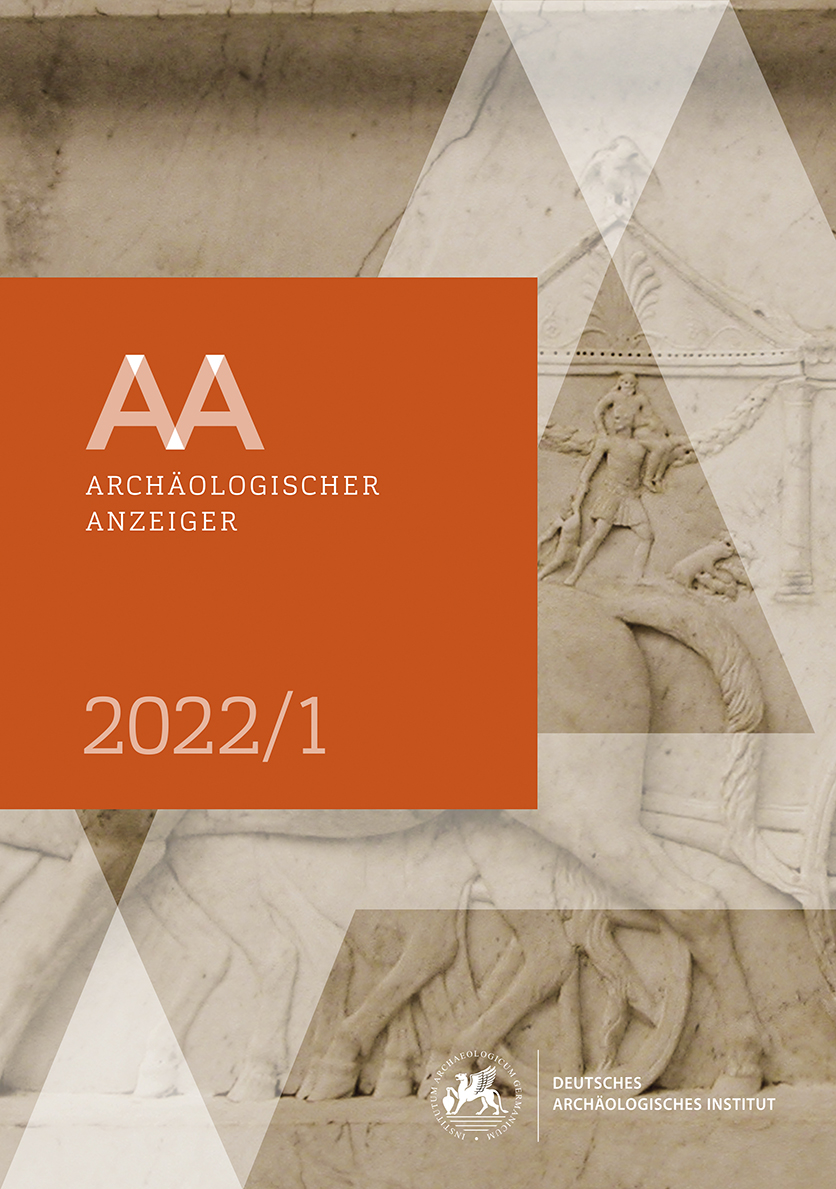Elusa. From Nabatean Trading Post to Late Antique Desert Metropolis
Results of the 2015−2020 Seasons
https://doi.org/10.34780/di18-ld82
Abstract
In Roman to late Byzantine times, Elusa (Hebrew: Haluza, Arabic: al-Khalasa) was the most important settlement in the Negev region and its only proper city. Identified in 1838 by E. Robinson, it was subsequently visited by numerous researchers. The most important investigations took place in the form of surveys and excavations from the 1970s until 2001, during which, among other things, the only theatre in the region and the city’s cathedral were uncovered. However, despite several research projects, very basic information on the city and its genesis, history and structure has been lacking until now. Since 2015, this has been the focus of an international cooperation project that is investigating these fundamental questions using a multi-method approach. The focus here is also on the role of the city in the region, as it appears as an economic, administrative, cultural and religious centre. Particular emphasis is placed on the city’s flourishing in light of its precarious natural location within the Negev Desert. The article reflects the combined findings of remote sensing, archaeological survey, geophysical prospection, targeted excavations, geochemical soil sampling and extensive find material analyses and thus provides an unprecedented insight into the character and development of ancient Elusa.
Schlagwörter:
Negev, Nabatean, geophysics, survey, excavation





